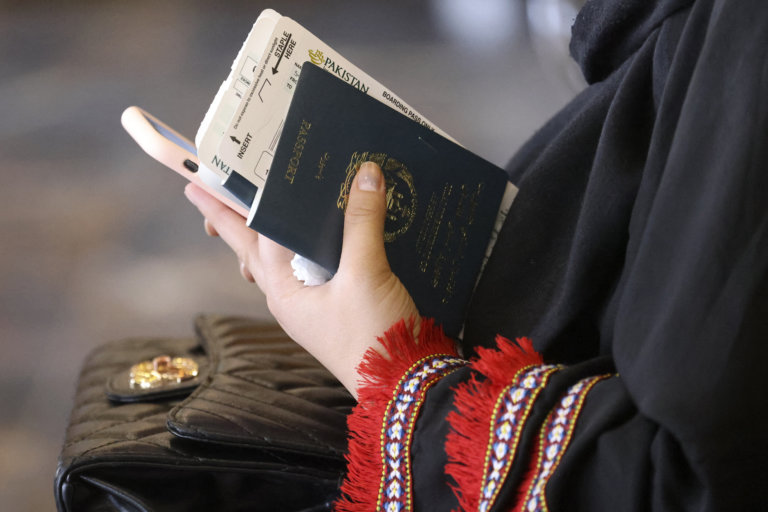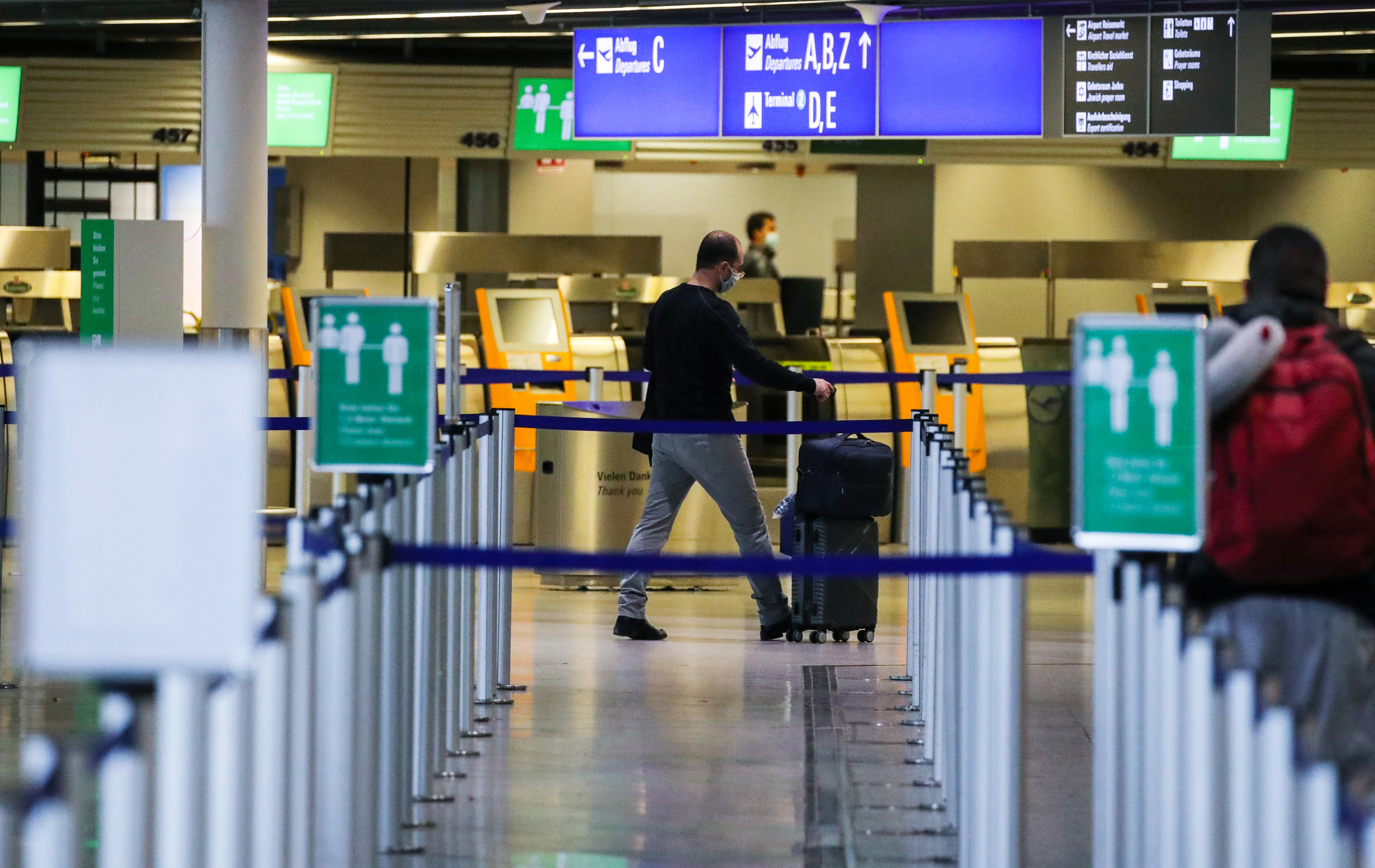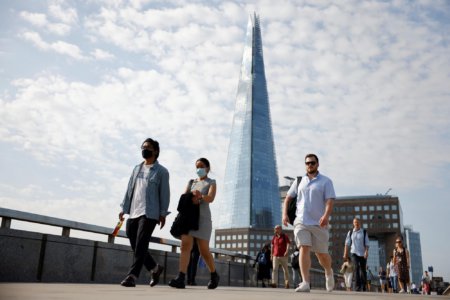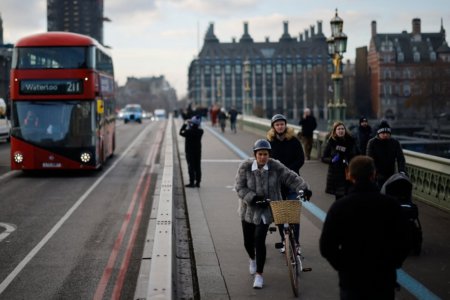
So, you’ve gotten your university acceptance letter, passed your exams with flying colours, and are all set to jet off to the UK. Your travel dates are booked and your plans set in motion — the last item on your checklist is securing yourself a student visa.
It’s a complicated process, but you prepare your documents with determination and excitement. The date of your appointment finally rolls around, and then all there’s left to do is wait — until, a few weeks later, you receive a notification that reads: UK student visa rejected.
If this sounds like something you’ve experienced, you may be feeling stressed out or upset. After all, a student visa is essential for you to travel to the UK and attend university. As depressing as it may be, getting your student visa rejected does happen to an unlucky few.
Fortunately, it doesn’t signal the end of your student journey — there are still ways to salvage the situation.

You may be given the chance to appeal your decision in your visa outcome letter. Source: Mario Tama/AFP
Student visa rejected? Here are your options
If you’re planning to study in the UK, you’re likely to have applied for a Student visa (which has replaced the Tier 4 (General) student visa).
It’s worth noting that if your visa application was refused, you’ll receive a letter or an email explaining why your application was refused. Gov.uk also notes that your passport will be returned, if it was kept as part of your application.
Your refusal letter will explain if you have the right to either an administrative review or an immigration decision appeal.
Some common reasons why your visa was rejected could include:
- You have missing or incomplete documents
- You’ve failed any background checks
- You don’t have the right qualifications for your course
- You have insufficient funds to support your student journey in the UK
- Your travel history to other countries
Funding can play a big role in whether or not your visa gets approved. A visa refusal based on insufficient funds or incorrect financial evidence could include submitting financial information of a relative, instead of your parent or guardian, whom you would depend on.
Other reasons could include evidence of a criminal history (or attempts to hide this), falsifying documents, or previous attempts to overstay on a different visa in the UK.
Finding out why your visa was rejected will give you a clear picture of where your application went wrong, and how you can avoid this mistake when you reapply.
Appeal your decision
It is possible to ask for an administrative review if you think the decision to reject your application was incorrect (this decision will be detailed in your visa outcome letter, so be sure to read it carefully).
In this instance, you’ll be given a limited amount of time to appeal your visa rejection. Most of the time, you’ll have 28 days if you are outside the UK or 14 days if you are already in the UK to do this.
Regardless, you’ll have to act quickly if you choose to go down this route.
Apply for a new student visa
Another option for you is to reapply for a new student visa. There’s no limit to the number of times you can apply for a UK visa, so don’t worry — your new application won’t be set against your previous one.
If you’re applying for a new visa, follow these steps:
- Contact your university
First and foremost, you should immediately reach out to your university to let them know that your visa has been refused. This is important because without your visa, you won’t be able to enter the UK as a student — which means you can’t arrive in time for the starting date of your course.
Your university will probably have an international office that deals with all international student queries, which should be your main contact point. Have your student number and application details ready, as well as your visa rejection letter to make sure you’re able to give them a comprehensive picture of your situation and avoid any delays.
- Email your visa refusal letter to your university
It’s always a safe bet to email your visa refusal letter to your university authorities. They’ll have dealt with thousands of international students going through the same issue, so they’ll have the proficiency to help you identify where you went wrong with your first application.
Sometimes, your university might ask this of you before you contact the international office. Make sure to navigate to your university’s website, as it will probably have clear instructions on this matter.

Finding out why your visa was rejected will give you a clear picture of where your application went wrong, and how you can avoid this mistake when you reapply.
Source: Armando Babani/AFP
- Request another CAS from your university
You can’t reuse your original CAS (Confirmation of Acceptance for Studies) in a new student visa application, so you’ll have to contact your university to request another one. This should have been detailed by the international office in your communications with them.
Your university will have to assess your eligibility for a new CAS. You might be asked to send over further evidence to ensure that your second visa application will be successful.
You should know that you may be refused a CAS if your university thinks your new visa application will be unsuccessful. In this case, it’s likely that you’ll be withdrawn from your course.
- Apply for a new student visa
You can begin your second student visa application to the UK once you’ve identified the reasons your visa was rejected and taken the time to address them.
For example, this may mean including fresh bank statements to prove that you have sufficient funds to support yourself.
The process for reapplying is the same, so you’ll already be familiar with it.
As you can see, having your visa rejected can be extremely difficult to navigate — which is why it’s so important that you get your application right the first time. So go over your documents, print out extra copies of whatever you think you might need and double-check your appointment time and date. This way, you won’t leave any room for error — and with this, guarantee your entry into the UK.










